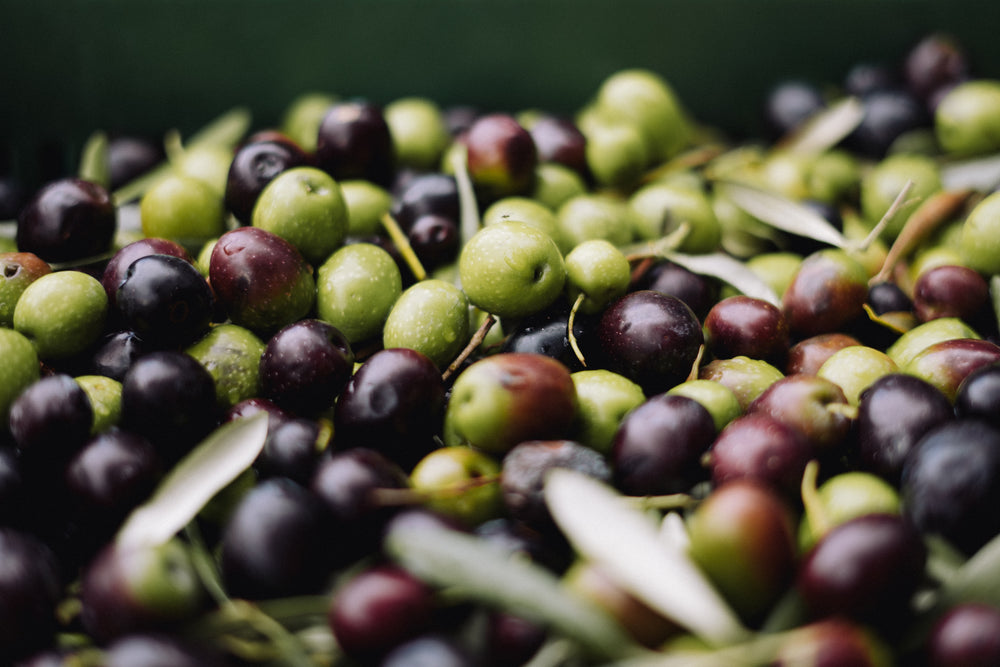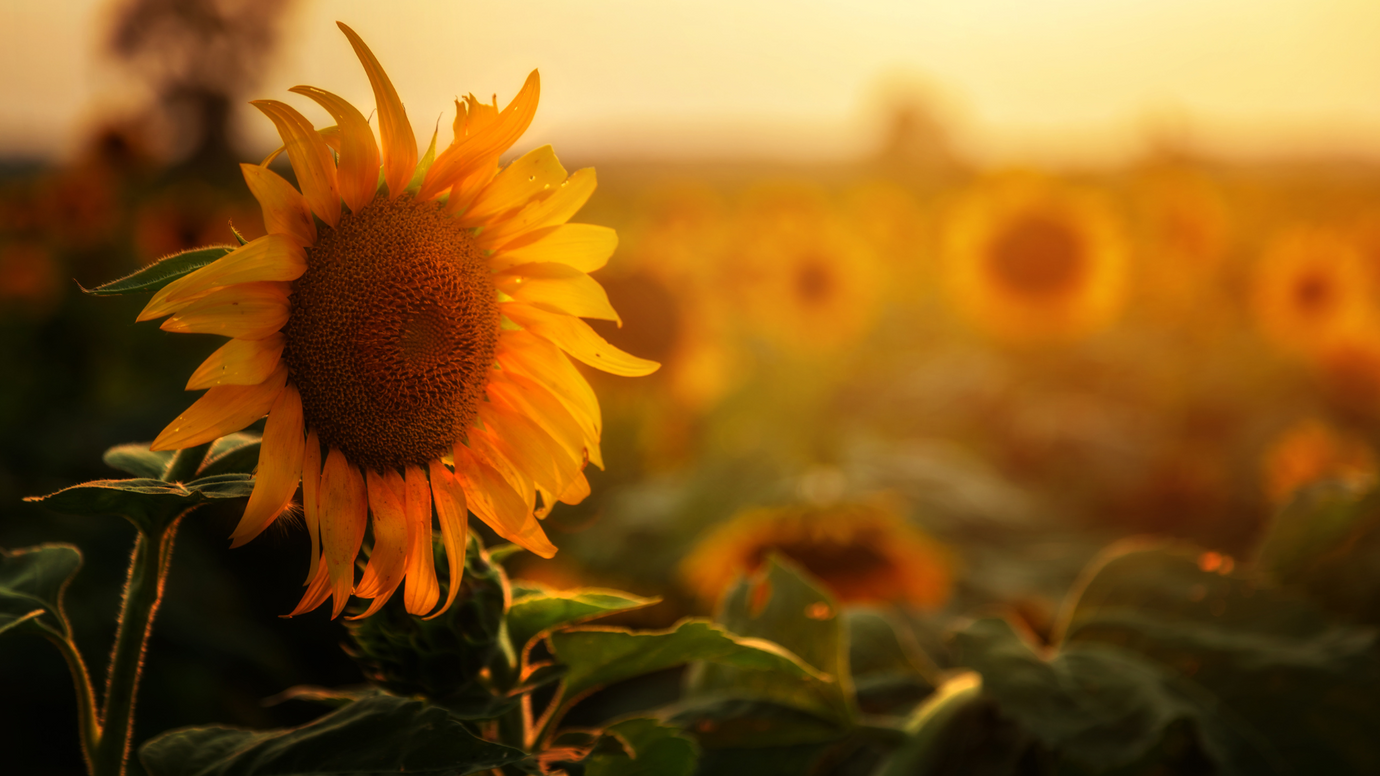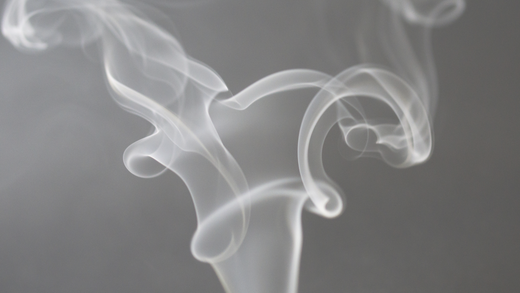Spanish Olive Oil: What Makes It Special?
When you hear ‘olive oil’, you’re most likely to associate it with Italy (and pasta, perhaps). But did you know most of the world’s olive oil comes from Spain?
Spain produces 52% of olive oil worldwide and holds the title of the largest olive oil exporter. The combination of ideal growing conditions, centuries of tradition, and an impressive diversity of olive varieties all contribute to Spain's role as top producer.
What is Spanish Olive Oil?
Spanish olive oil is made from varieties of olives that are grown and cultivated in Spain. There are over two hundred olive varieties in Spain and each offers a unique flavour profile, including fruity, bitter, and spicy notes that enhance the taste of various dishes. The specific varieties used in oil production include Picual, Arbequina, Hojiblanca, and Cornicabra, among others.
What Makes Spanish Olive Oil special?
Spanish olive oil comes in many different variants and a wide range of flavours and aroma. This is especially apparent in extra virgin olive oil (EVOO) and virgin olive oil, both produced using natural, chemical-free methods to preserve the distinct taste of the olives.
The quality of Spanish olive oil is further enhanced by the country's geographic condition. Many regions in Spain experience a Mediterranean climate with warm, dry summers and mild, moderately rainy winters. Coupled with abundant sunshine, this creates the perfect environment for olive trees to flourish.

Mar de Olivos (Sea of Olives) in Úbeda, Jaén, Spain.
The province of Jaén in southern Spain is considered the world capital of olive oil production and is home to more than 60 million olive trees. It is one of many areas in Spain that have a rich history of olive cultivation and traditional practices passed down through generations.
To maintain these standards, there are government regulations to safeguard the authenticity and quality of olive oil produced in these regions. That's why Spanish olive oil ranks among the best oils in the world!
Spanish vs Italian Olive Oil
The main difference between Spanish and Italian olive oil is the flavour. In general, Spanish olive oils are known for their bold flavours, while Italian olive oils tend to be milder.
Just like wines, olive oils from different regions within both Spain and Italy have their own unique characteristics. The interplay of factors like soil composition, climate variations, and the specific olive cultivars all contribute to the final taste.
Health Benefits of Spanish Olive Oil
Olives are a huge part of Spanish cuisine and it’s no surprise that you can find them in many regional recipes. In fact, olive oil plays a significant role in the Mediterranean diet where it serves as the primary source of fat.
The monounsaturated fats in Spanish olive oil can help reduce inflammation, improve heart health, and lower the risk of cardiovascular diseases. Spanish olive oil is also rich in antioxidants, which can help protect against oxidative damage and boost the immune system.
Incorporating Spanish olive oil into your diet can provide these health benefits while enhancing the flavour and nutritional value of your meals.
What do you use Spanish Olive Oil for?
Spanish olive oil is versatile and commonly used for cooking, dressing salads, marinating meats, and even as a dipping sauce for bread.
Extra virgin olive oil (EVOO) is typically used for drizzling, salad dressings, and other raw applications. This is the highest quality and most flavourful olive oil that you can get. Virgin olive oil is also unrefined but has a slightly higher acidity level than EVOO and can also be used for low-heat cooking. Regular olive oil, which has been refined, has a milder flavour and is most suitable for cooking and frying.
To make sure you’re buying high-quality Spanish olive oil, look for key information such as the country of origin, the type of olive oil (extra virgin, virgin, or regular), and the harvest date as an indicator of freshness.









